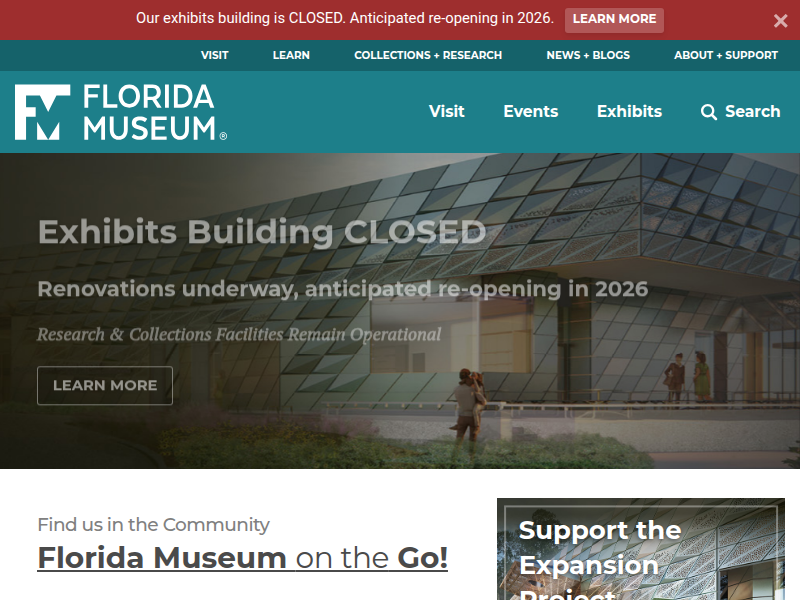Montbrook – Florida Vertebrate Fossils https://www.floridamuseum.ufl.edu/florida-vertebrate-fossils/sites/montbrook/
Montbrook Site University of Florida Vertebrate Fossil Locality LV070 Location South of Williston, Levy County, Florida Age Latest Miocene or earliest Pliocene epochs; late Hemphillian (Hemphillian 4 interval) land mammal age About 5.5 to 5 million years old (estimated) Basis of
The site was gridded into 1 X 1 meter squares and excavated with standard hand tools

